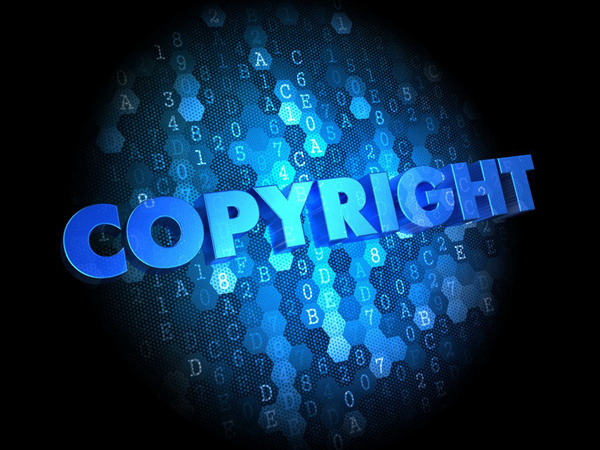With the rapid development of artificial intelligence technology, the copyright issue of AI-generated content has gradually become the focus of attention in the legal community. Recently, the Wuhan East Lake High-tech Zone Court heard a copyright dispute involving AI-generated pictures, which triggered widespread discussion. This case not only provides an important reference for copyright protection of AI-generated content, but also sets a benchmark for the handling of similar cases in the future.
According to the Yangtze River Daily, the Wuhan East Lake High-tech Zone Court heard a striking copyright dispute case, which became the first rights protection case in Wuhan involving the generation of artificial intelligence pictures. The key to this case is that Wang, as the creator of AI-generated content, successfully protected his copyright and received 4,000 yuan in economic compensation.

The cause of the incident was that Wang posted a note on the Xiaohongshu platform about his image works created using the "AI" APP. According to statistics, this note has received widespread attention, received 35,000 likes and 6,478 collections. However, a Wuhan technology company used the pictures he created without permission in the advertisement posted on its TikTok account.
During the trial, Wang said that although the picture was generated through AI software, during the creation process, he needed to conceive the picture in his mind and control the generated effect by constantly adjusting keywords and parameters. This process reflects him. intellectual labor and creative skills. The judge pointed out that according to the provisions of my country's Copyright Law, works must be original and can be expressed in a certain form.
After trial, the court believed that Wang's conception and aesthetic choices were fully reflected in the picture, so the court determined that Wang was the legal author and copyright owner of the picture. A Wuhan Technology Co., Ltd. infringed on his information network dissemination rights due to unauthorized use of Wang's works. The court therefore ruled that the company needed to stop the infringement and compensate Wang for economic losses and reasonable expenses totaling 4,000 yuan. After the verdict was released, neither party appealed and the case had taken effect.
This judgment not only won Wang the rightful rights, but also provided an important legal reference for the copyright issue of artificial intelligence-generated content, and clarified that AI-generated works that meet certain conditions also enjoy copyright protection.
Key points:
The copyright of AI-generated pictures was recognized by courts for the first time in Wuhan.
Wang received 4,000 yuan in compensation for infringement, protecting the rights and interests of the creator.
This case provides legal reference for future copyright issues of AI-generated content.
The judgment in this case provides a clear legal basis for copyright protection of AI-generated content, marking an important step in my country's intellectual property protection field.